Embark on a foraging expedition together, learning about the edible treasures and botanical wonders of the region.
Our hedgerows provide a home for insects, birds, badgers, rabbits, hedgehogs, plus a whole host of other native species. The wild flowers not only provide a key role for pollinators, but also many of them are edible, and as we move through the seasons, some of these flowers turn to berries which we can harvest for our own kitchens. We’ve put together a brief summary of incredible edibles which we find on our doorstep.
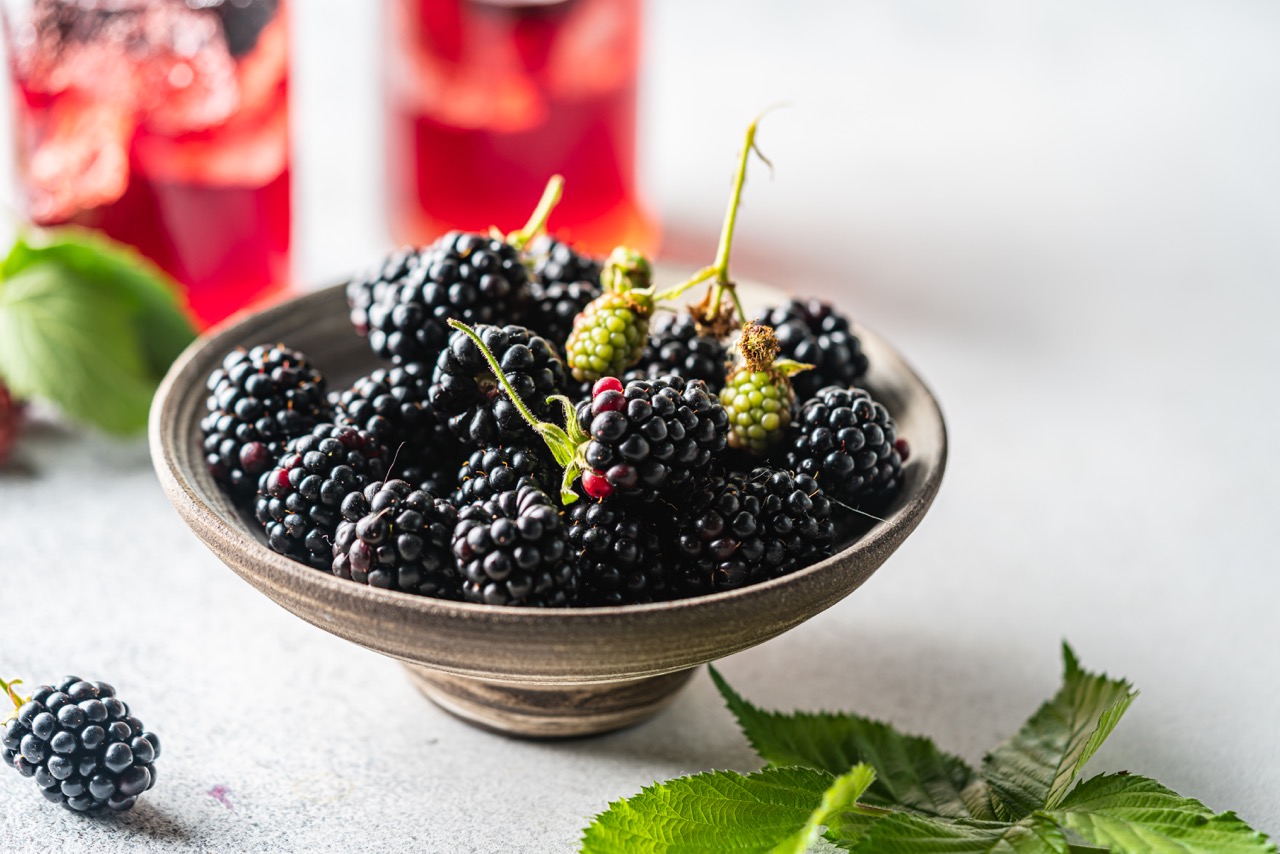
Blackberries: Nature’s Sweet Treats
As summer turns to autumn, the hedgerows of West Devon come alive with the deep purple hue of ripe blackberries. These juicy gems, bursting with flavour, have been a staple of British hedgerows for centuries. Whether enjoyed straight from the bush or incorporated into pies, jams, and desserts, blackberries offer a taste of the season’s bounty. All across the south west, families can often be found venturing into the countryside, baskets in hand, to gather these delicious, tangy berries.
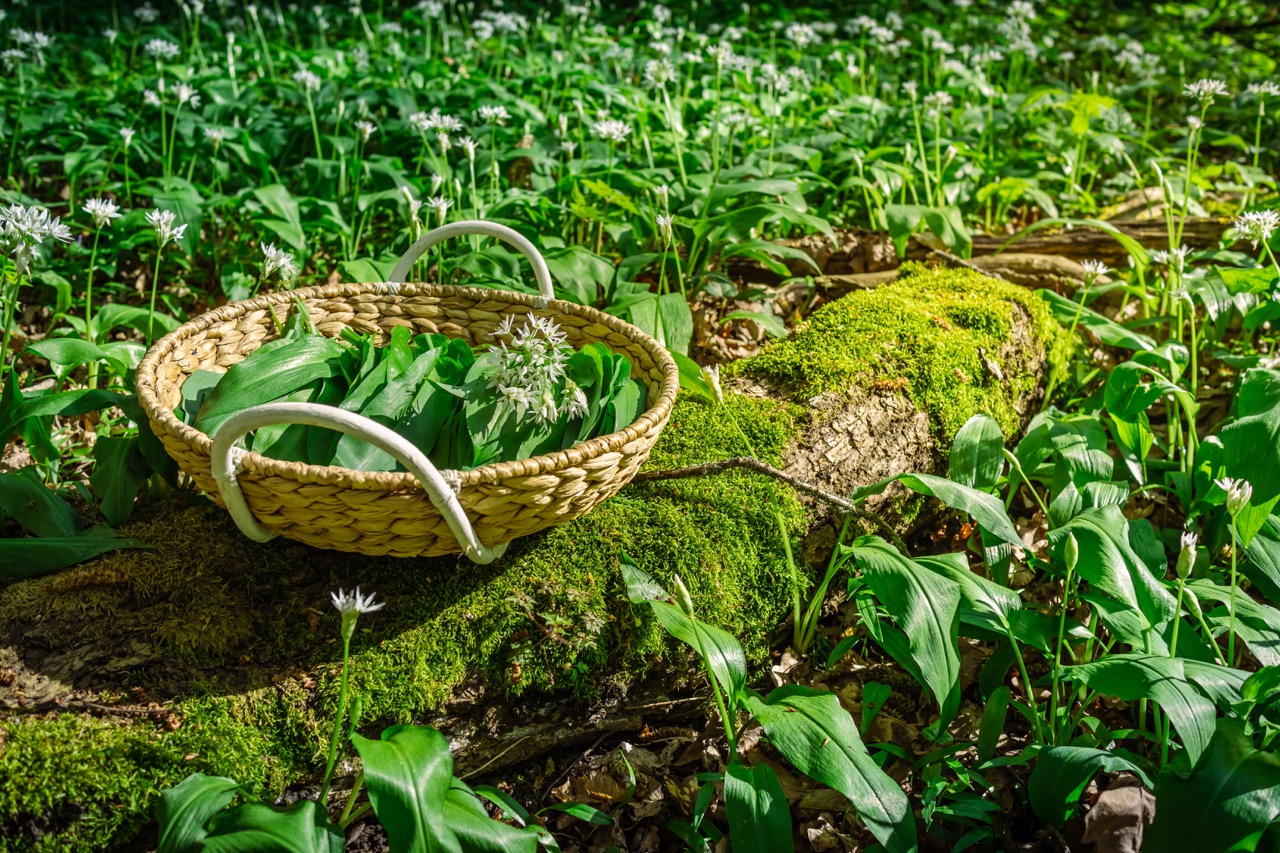
Wild Garlic: A Pungent Delicacy:
Venture deeper into the woodlands, and you may come across the unmistakable scent of wild garlic. With its vibrant green leaves and pungent aroma, wild garlic adds a flavourful punch to culinary creations. From pesto and soups to infused oils and butters, this versatile herb has long been cherished by foragers and chefs alike. Patches of wild garlic often blanket the forest floors, offering a seasonal delight for those with a keen nose and adventurous palate.
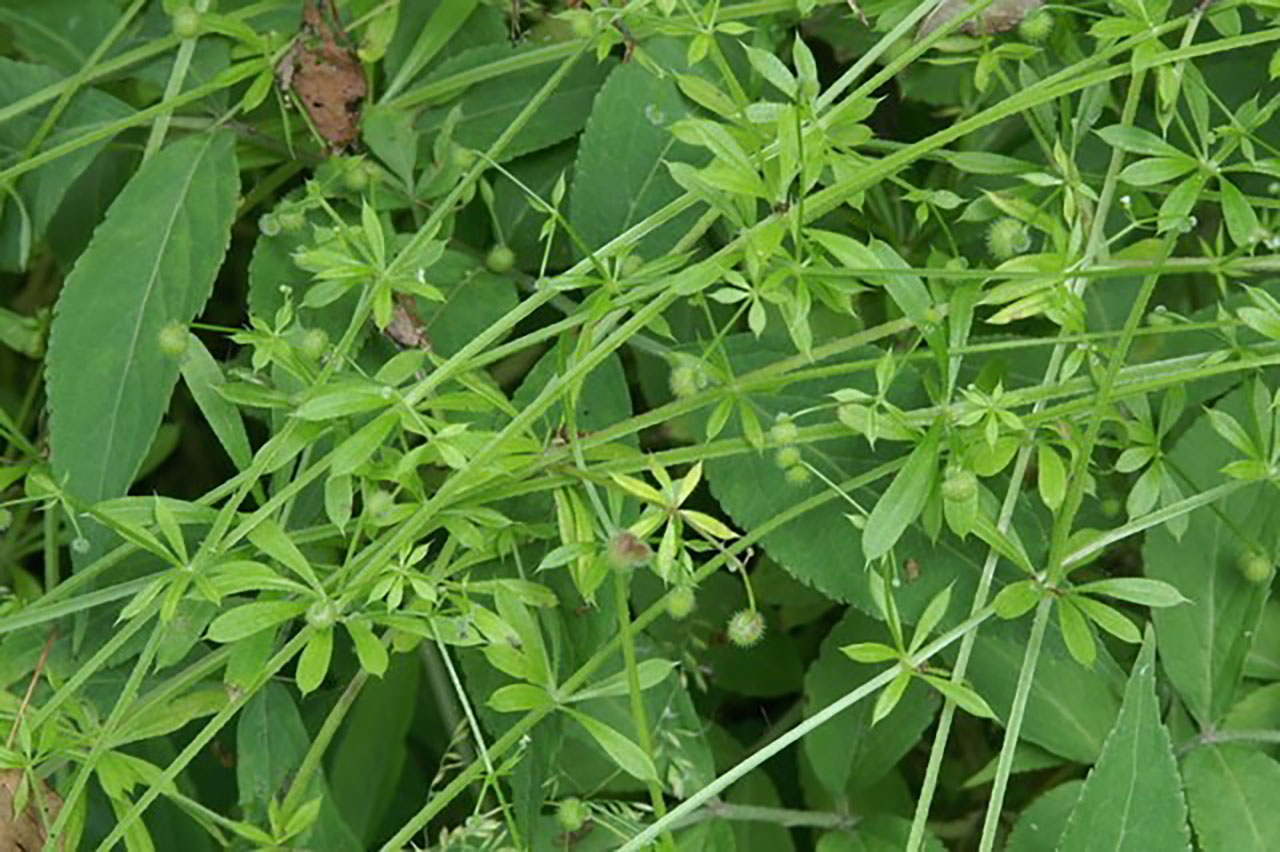
Sticky Weed: Nature’s Velcro:
While not traditionally considered a culinary delight, sticky weed, also known as cleavers or goosegrass, has its own unique uses. Found winding its way through hedgerows and along riverbanks, this clingy plant boasts medicinal properties and even culinary potential. Rich in vitamins and minerals, sticky weed can be brewed into teas or used as a nutritious addition to salads and soups. Its sticky texture also lends itself well to foraging games, see how much sticky weed you can attach to your friends before they notice!
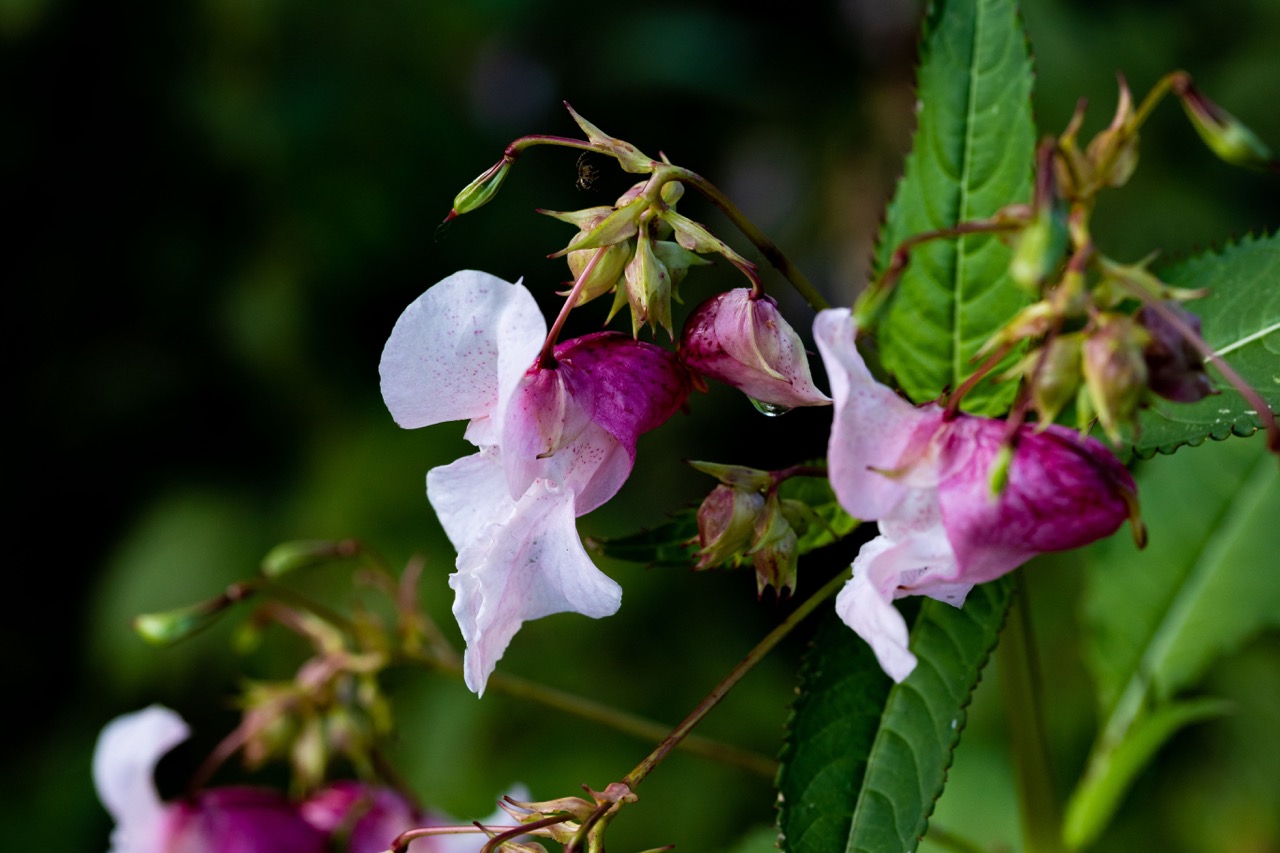
Himalayan Balsam Gin: A Botanical Twist:
Amongst the hedgerows of West Devon, a more unconventional treasure awaits: Himalayan balsam. Introduced to Britain in the 19th century, this invasive plant has since made its home along riverbanks and waterways. While efforts to control its spread continue, some innovative distillers have found a novel use for this prolific plant. By harvesting the pink-tinged flowers and infusing them into gin, they have created a unique spirit with a floral and slightly citrusy flavour profile. Himalayan balsam gin offers a taste of the region’s natural heritage with a modern twist.
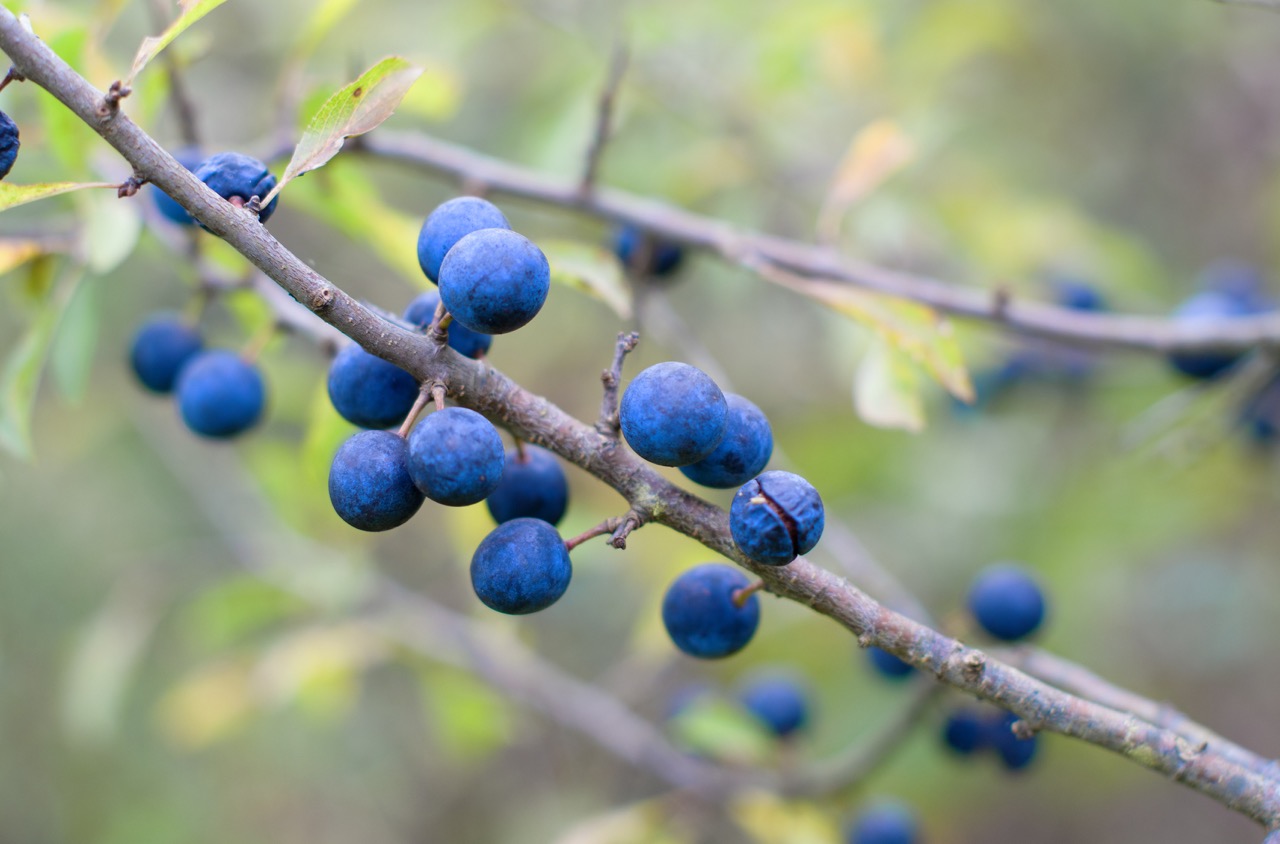
Devon’s Autumnal Treasures: Sloe Berries:
Picking sloes for gin in Devon is a favourite west-country autumnal pursuit. As the abundant wild flowers begin to die back, our blackthorn hedgerows offer up their bounty of deep purple sloes, ready to be harvested and foraged. You’ll need to be armed with gloves (the thorns are spikey) and a trusty basket, to collect the berries. For a firm favourite Christmas tipple, soak your sloes in gin with a generous helping of sugar, then decant into bottles, before storing them in a cool, dark spot until December.



